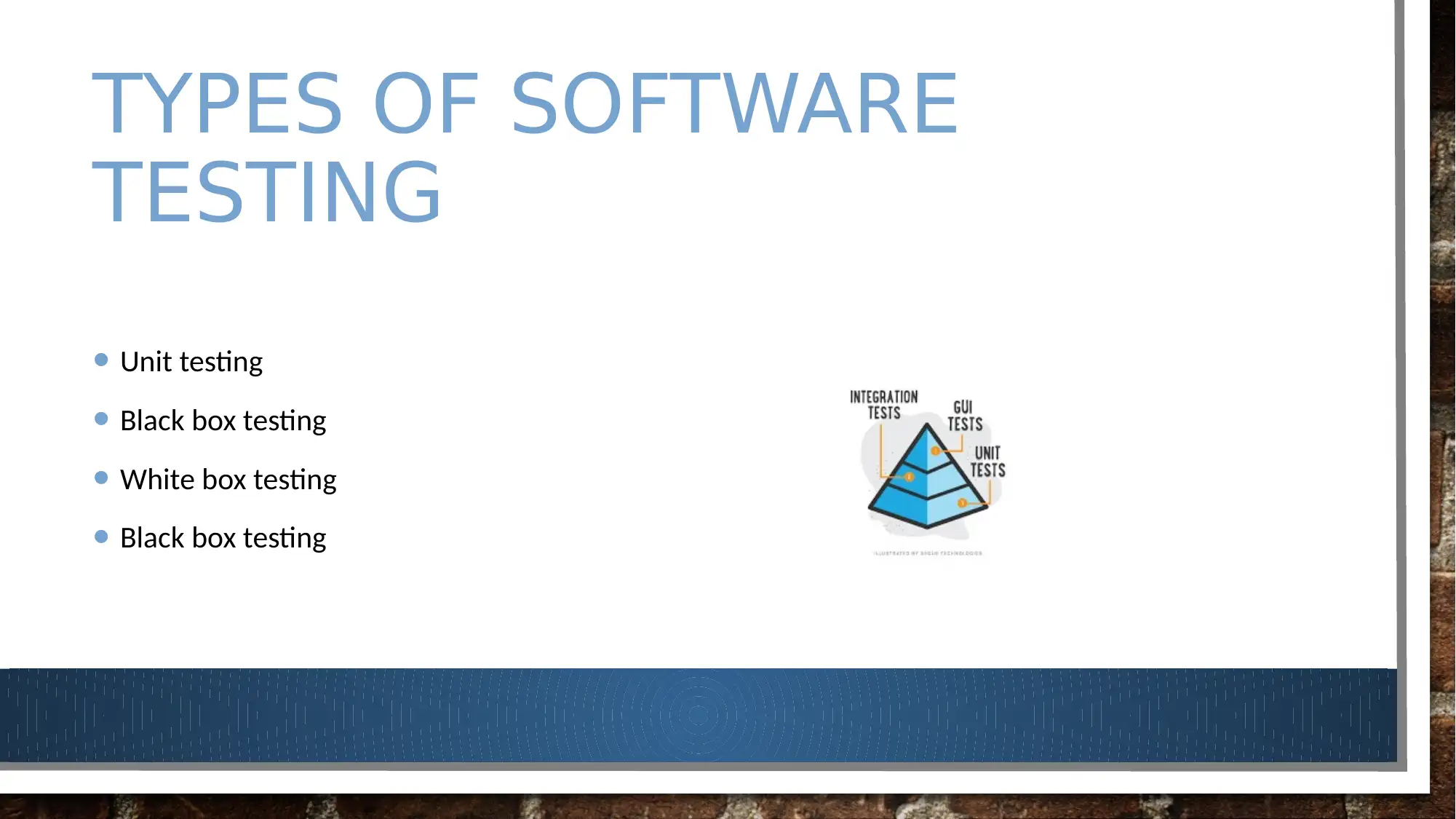ITECH7409 Software Testing: Online Backstage Management System Report
VerifiedAdded on 2023/03/23
|15
|1230
|76
Report
AI Summary
This document presents a comprehensive software testing report for an online backstage management system. It begins with an introduction to the application's purpose, which is to manage online backstage operations and assign roles to stakeholders. The report outlines various types of software testing, including unit, black box, and white box testing, and details the test approach, encompassing unit, integration, business requirement, and user acceptance testing. A test plan is provided, specifying features to be tested and those excluded, along with the testing tools and environment. The report includes test cases with case names, purposes, inputs, expected outputs, and pass/fail criteria, as well as test logs tracking task artefacts and completion dates. Test results are presented, showing use case IDs, descriptions, and result statuses. An incident report highlights notifications for the software development team and directors, addressing error reduction and usability testing. The document also includes a bibliography, a traceability matrix linking business requirements to functional specifications and test cases, a Gantt chart, and a budget for the testing activities. This report is designed to provide a thorough overview of the testing process and its outcomes for the online backstage management system.
1 out of 15















![[object Object]](/_next/static/media/star-bottom.7253800d.svg)